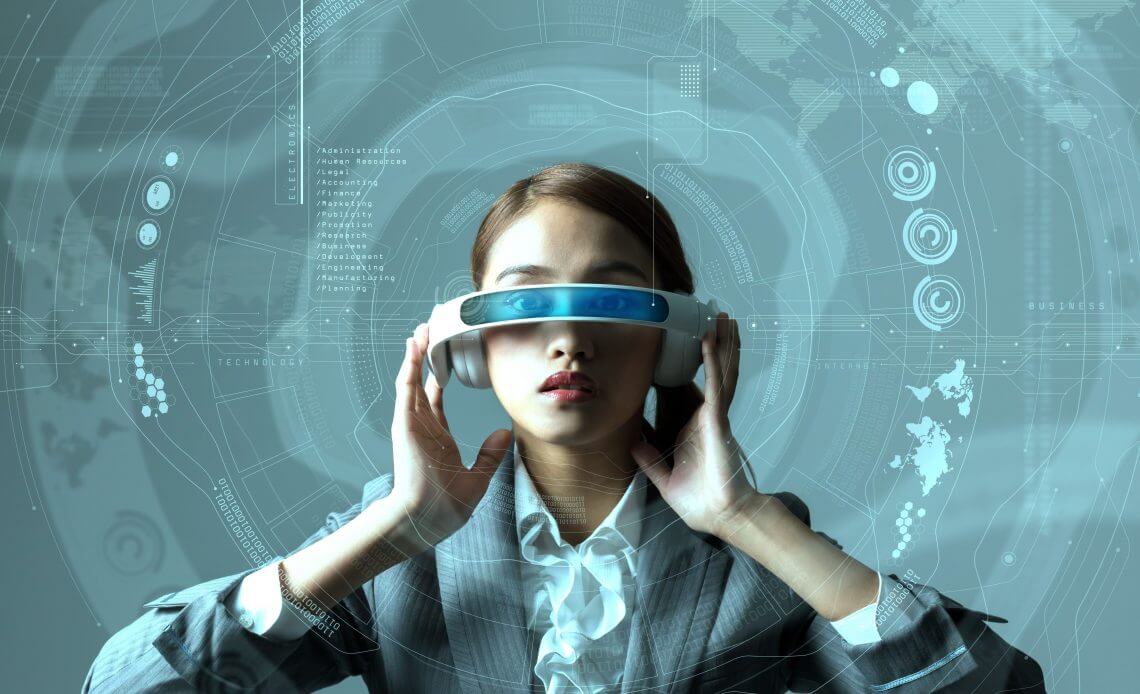
Before the advent of reality technology, many design thinkers used different methods for both ideation and development process.
It took quite a time to define then ideate, make a porotype and test the prospective product. However, right after the reality technology, design thinking has become more ‘human-centered’. AR, and VR, Mixed Reality has touched every field, be it architecture, education, or engineering, you name it.
Here’s how mixed reality contributes to the design thinking process in the most effective way.
Welcome Audio 2.0
For factory workers (in particular), and other employees, audio facilitates, but might even cause ear damage. With an enhanced MR, however, you can design a product that will monitor your environment first and ensure your safety by using sound mainly as an augmentation tool.
Head Mounted Display
Things become difficult in holographic displays, mainly because it might not show the real stuff that the peripheral eye needs to see. But with a head-mounted display, things become crystal clear.
No Complexity
In the world of designing, you need to keep the object minimized. Also, it has to be easily movable, especially when it comes to heavy machinery. Usually, MR devices come with FOV of 95, which makes rotation easier. Every kind of useless content is blocked to enhance the experience.
Transforming into 3D
Experts say the experiment is the key to understand MR. Because it is new, you will need to figure out contrast, size, distance, and depth. Once you do, making a prototype will be piece of cake.
Task-based solutions
While solving the complex solution for the end user, designers should prefer a very task-based solution approach so that complex structures never get neglected. This way, you can also alter and create approachable content for the end user.
Designing is an art and therefore, the profound thought process must be in place so that everybody can use a product to its fullest. With MR, you can make this happen anytime, in real time!



2 Comments